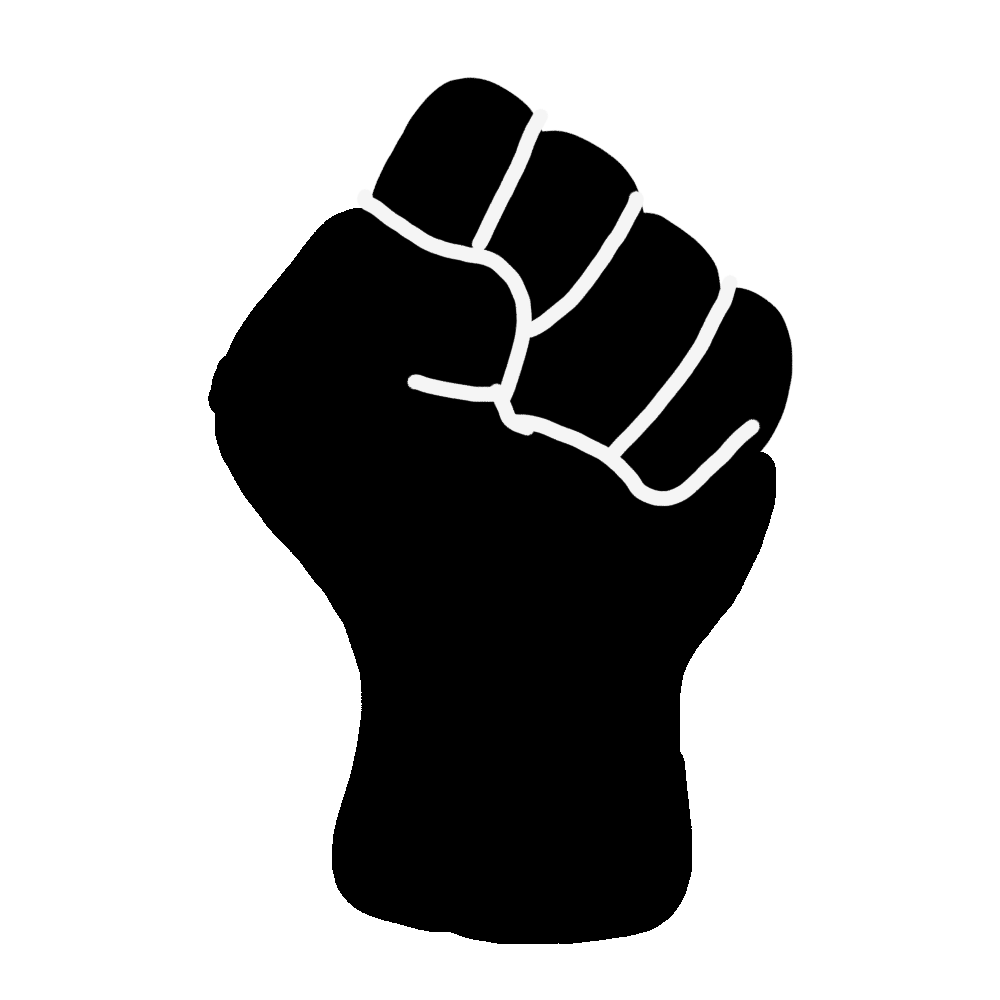Reconciling my identity as a Cameroonian-Canadian in Uganda
It’s 2014. My excitement is so tangible, the man beside me can sense it with every fidget. I haven’t set foot in Cameroon for 15 years; the country from which my parents came of age, the country that holds my earliest memories, the country I’ve been told to refer to as home. In that moment, in the backseat of my uncle’s jeep, for the first time in my life, I felt at home.
Now, it’s 2018 and I am excited to be returning to the motherland for an internship. I’m a bit wary of engaging in a “going abroad” endeavour, but I’m confident that the organization I’ve partnered with is different from your typical non-profit. As the plane descends, my nerves betray me: there’s a dryness in my throat, my body is stiff, and my heart is thumping.
My head is full of thoughts, hopes and expectations. Front and center is the anticipation of that feeling of home filling me once more as it did four years earlier. Although I realized it wasn’t my home country, I was expecting to feel more at home than I did in Canada. Finally, the plane lands, I step out, and as I try to make my way through the crowd, I can feel my body searching for that ‘home’ feeling and failing to grasp it. I push those feelings (or lack thereof) aside and reunite with my fellow Canadians.
My days were spent on a compound with fellow Canadian and Ugandan interns. The work days were packed with various activities; on the weekend, people did their laundry, read a book or hung with the locals. I realized my dark skin allowed me to navigate public spaces in ways some of my fellow interns couldn’t. I could slip out and shop at the market without the boda boda men (those who transport people on motorcycles, referred to as bodas) screaming muzungu (“white” or “foreigner”) my way. I could walk all over town without getting so much as a glance in my direction. This was one of two times in my life I was not a visible minority.
One day, I went out with a friend, a white Canadian girl. We were hungry and wanted to try this cafe, which was filled with white people—foreigners. I noticed eyes on me, but wasn’t fazed. My friend places her order; her friendly disposition leads to a chat with the cashier long after having ordered. I am not greeted with the same energy extended to my friend just seconds before. Though my accent throws the cashier’s guard off, it is not enough to affect him the same way my friend did.
My ability to blend in—if I didn’t speak—was once a blessing, but I realized it was useless if I would still be treated as lesser in the presence of my white friends. I had always known that in Canada, the system favoured white people/white-passing people; but I had underestimated the extent of colonialism in “developing” countries. My time in Uganda showed how so many locals have an automatic association between skin colour and one’s “foreignness.” Even though I, too, was a foreigner, it was never the assumption. When I would speak, my accent would create such a confusion the english-speaking locals would rather speak to fellow locals rather than engage with me.
In Canada, I am a visible minority constantly fighting for the space to be seen, heard and validated unashamedly. I never thought I would have to fight for that same space in a country where most, if not all, of the population looks like me. I felt as if I had to fight even harder than I do back home, because the attention automatically went to my white counterparts.
The struggle on the table is not my desire for attention; on the contrary, it’s a questioning of identity. Where do third culture kids fit when they were born in one place—or their parents come from and identify with one place—but they were raised somewhere else? We spend time this month explicitly to celebrate black history, while so many black people struggle with reconciling their identity.
Should we continue trying to assimilate within the community we most identify with while negating all other parts of ourselves, or should we just create new spaces for people who are in this limbo? This isn’t the first time a black person will have questions about their identity, nor is it the last.
Feature graphic by @spooky_soda
